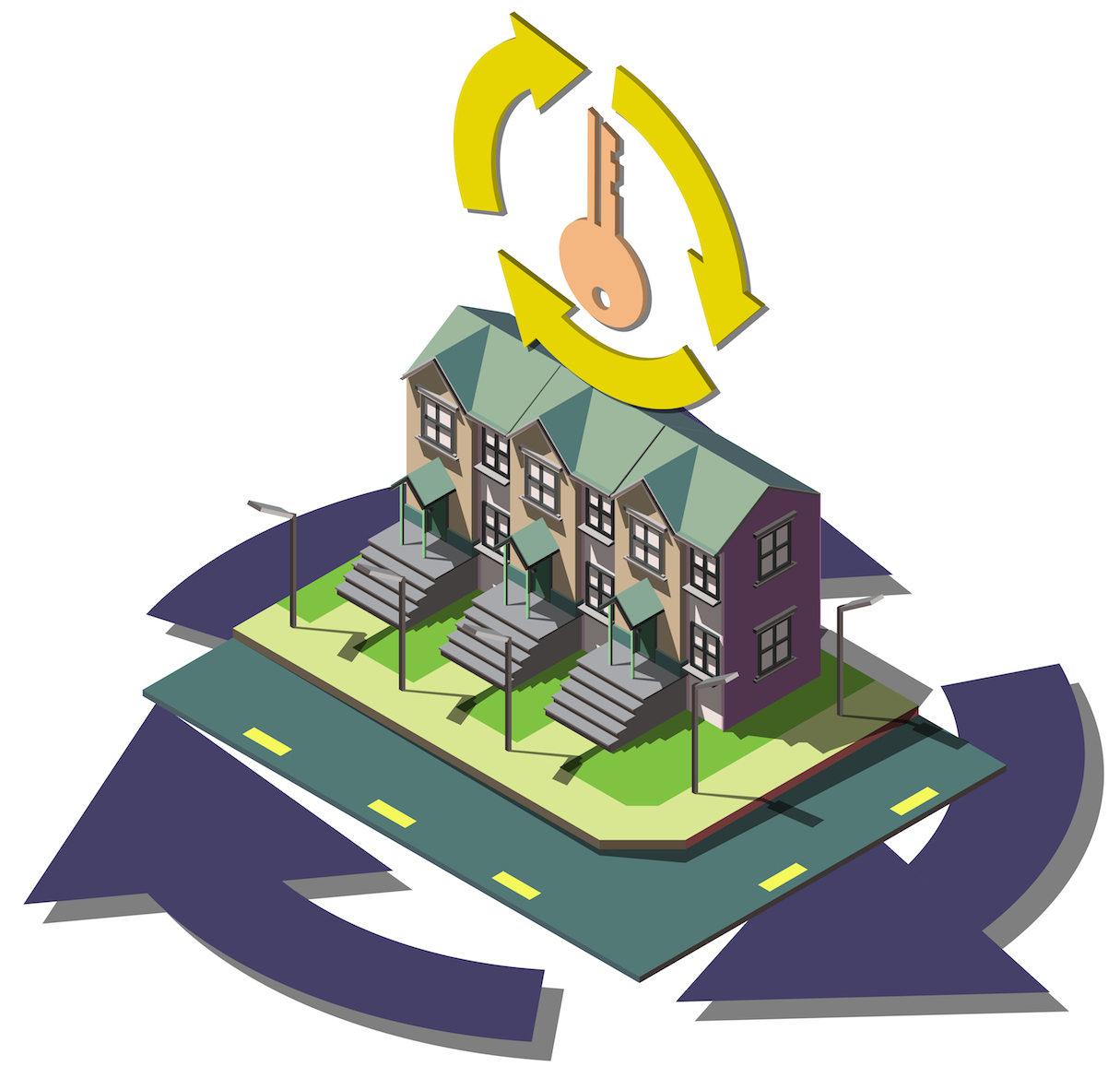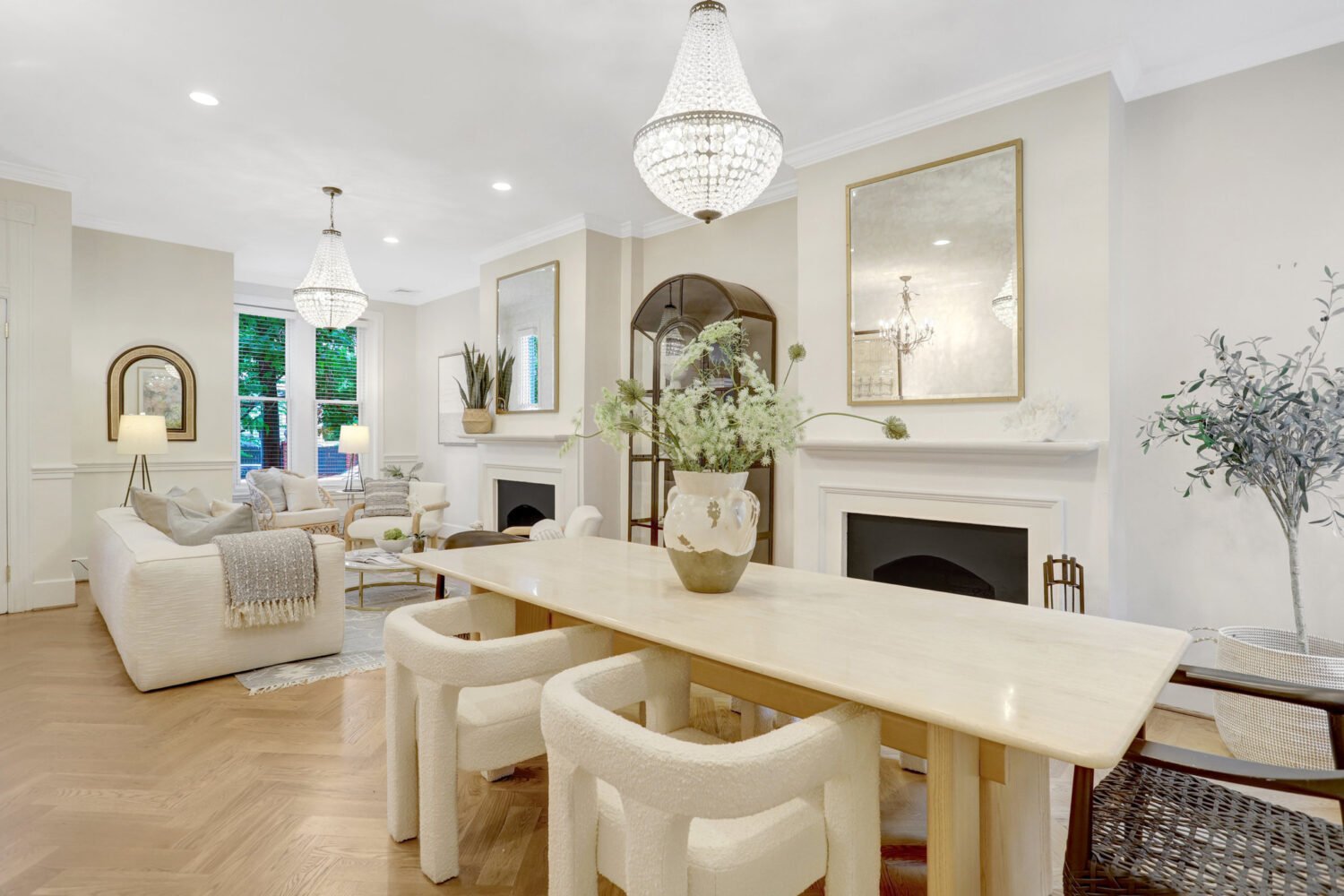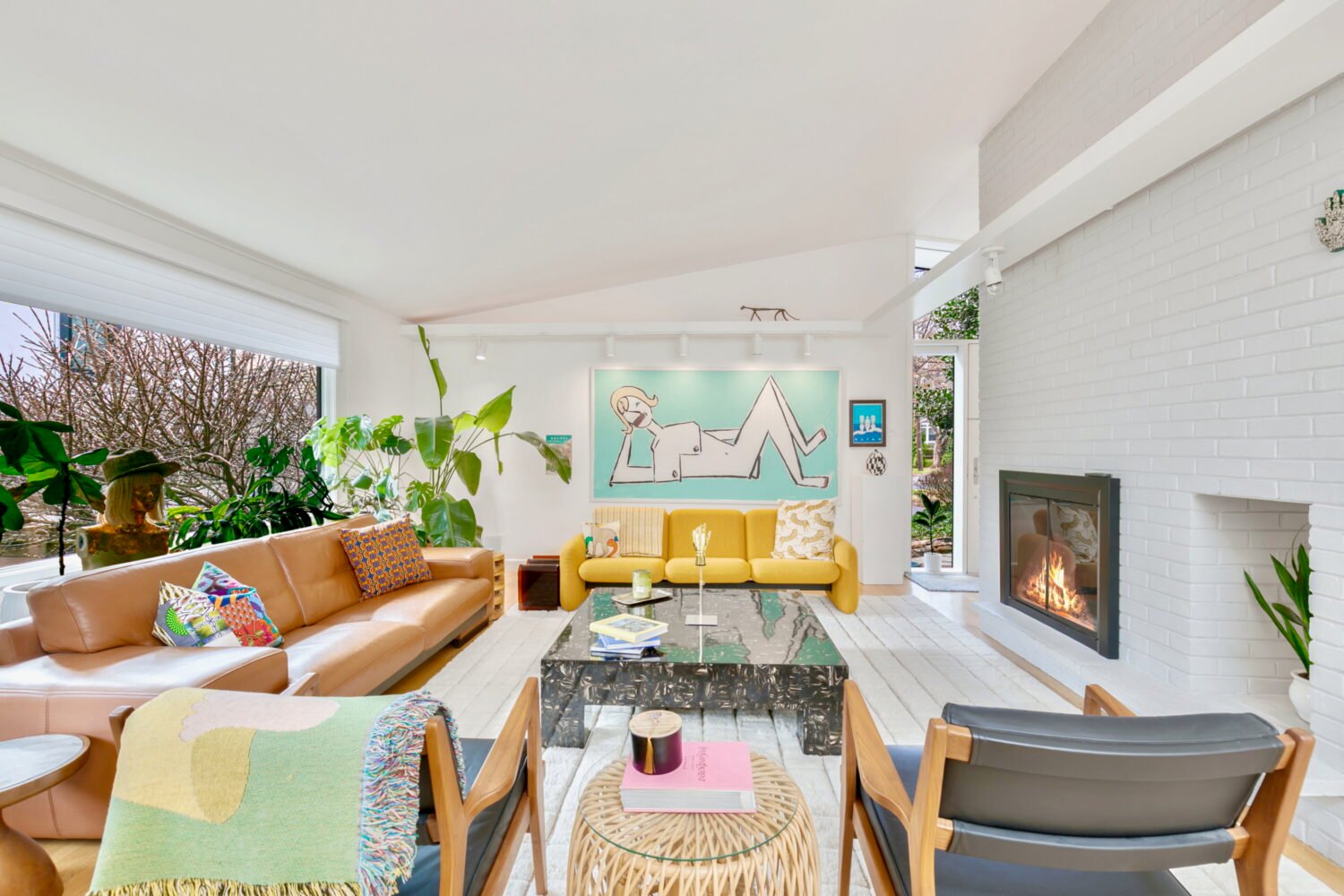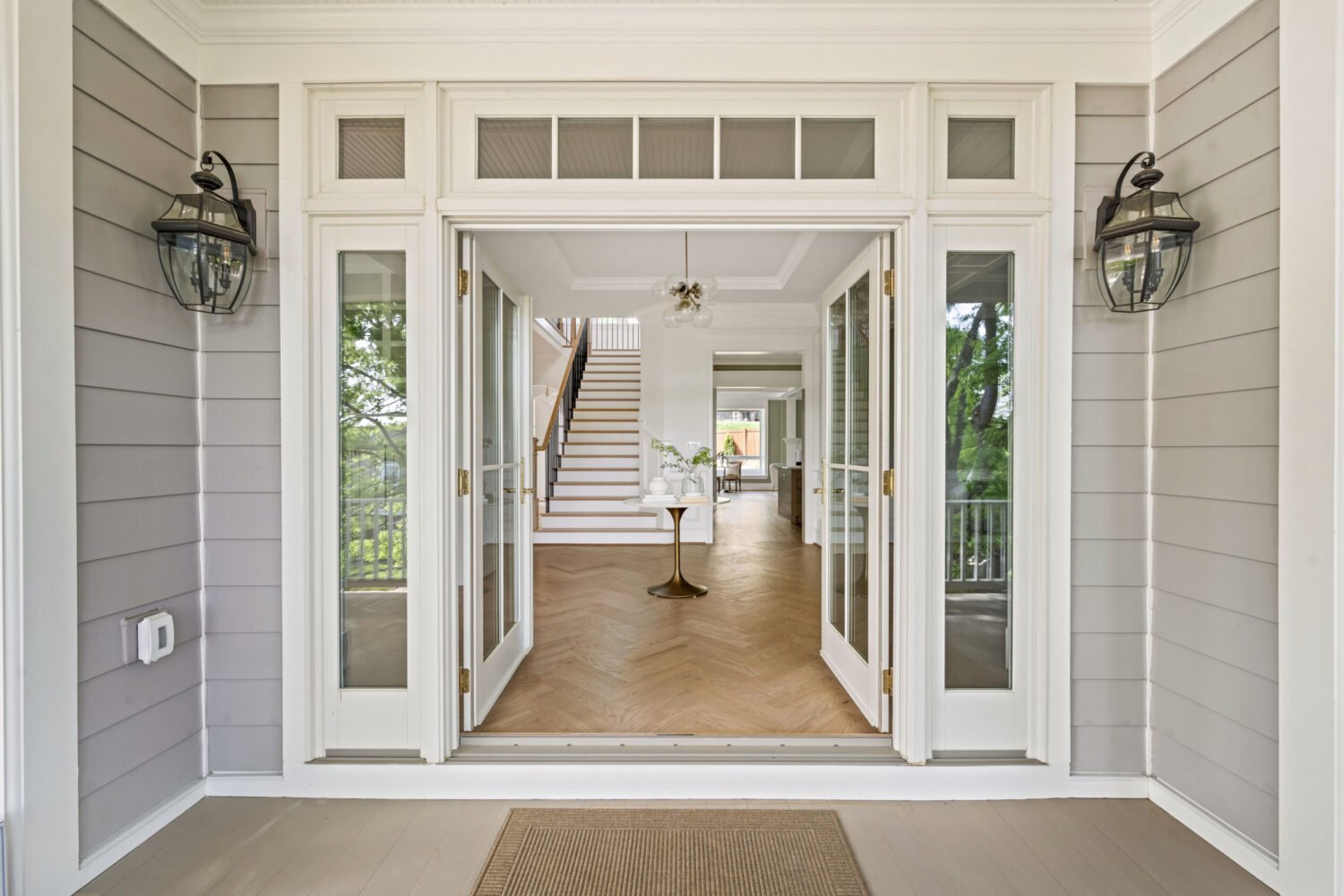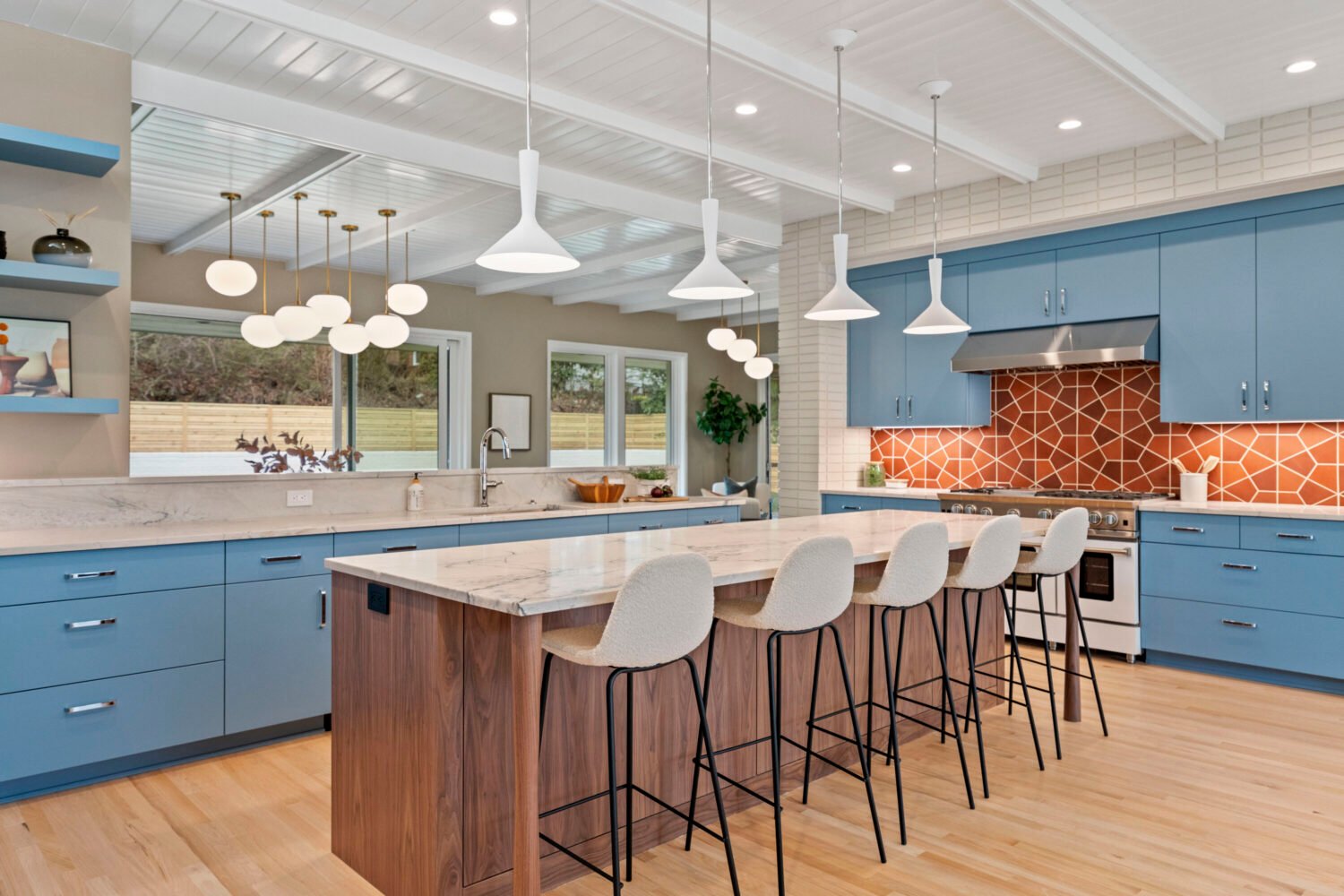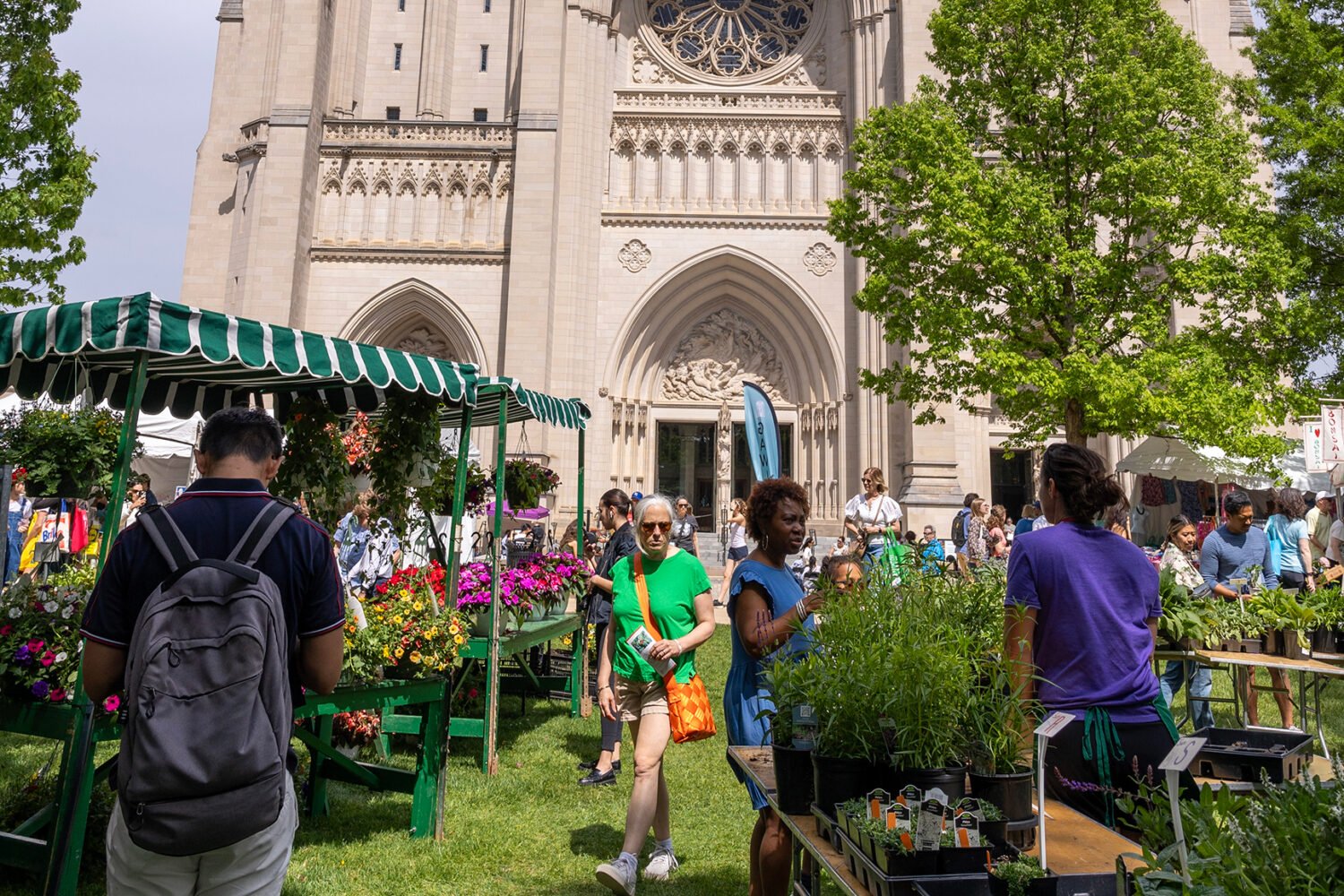Just because I’m not in the market for a home doesn’t mean I don’t show up to open houses like I have hundreds of thousands of dollars to drop. The more open houses I go to, the more trends emerge: everything is shiny, new, and well-placed in an open-floor layout; there’s a half-bath squeezed under the stairs; the bathroom has a modern sink you can’t wash your face in.
Many of these homes have been flipped, an increasinlgy common incident in DC’s hot real estate market. House flipping is when a home is bought as a real-estate investment, remodeled, and put back on the market at a substantially higher price.
On a larger scale, flipped homes can alter a real estate market, creating a scarcity of fixer-uppers and an abundance of all-cash deals. They can also be signs of changing communities. Curious about how house flipping looked from a bird’s eye view, I mapped flipped properties as a proportion of single family home sales in neighborhoods across the District. Flips were defined as either a single-family home that was bought twice within a two-year period or a single-family home that was converted into condos with at least one condo sold within two years.
The geography of flipped houses skews eastward. This makes sense as the city’s most expensive properties have traditionally been located in upper Northwest. Many of DC’s recently hot neighborhoods—Shaw, Logan Circle, Columbia Heights, and H Street—have lower rates of home flipping but are surrounded by flipping booms to the north and east. Hotspots can be seen east of H Street, north of Petworth, and east of Shaw.
So, what are the most frequently house-flipped neighborhoods?
For the most flipped neighborhoods in the District, the proportion of flipped homes on the market is staggering. In the last two years there were 11 neighborhoods where more than one in every five homes on the market was being flipped. In more than 40 neighborhoods one in ten homes on the market was flipped. Higher percentages of flipped homes in 2013 to 2015, compared with 2011 to 2015, suggests momentum for flipping.
Mostly located in the District’s eastern half, these 11 neighborhoods feature increasing home prices and gentrifying communities with newer residents who are often younger, wealthier, and whiter.
Technical notes: Graphics and rankings are based MRIS data collected monthly by real-estate agent Kevin Wood and posted on PoPville. Select zip codes do not have data before October 2013 and were not included in the 2011-2015 graphics. Neighborhood map boundaries were supplied by Code for DC. You can find complete code for this post on my GitHub page.
Kate Rabinowitz is the founder of the blog DataLensDC.

